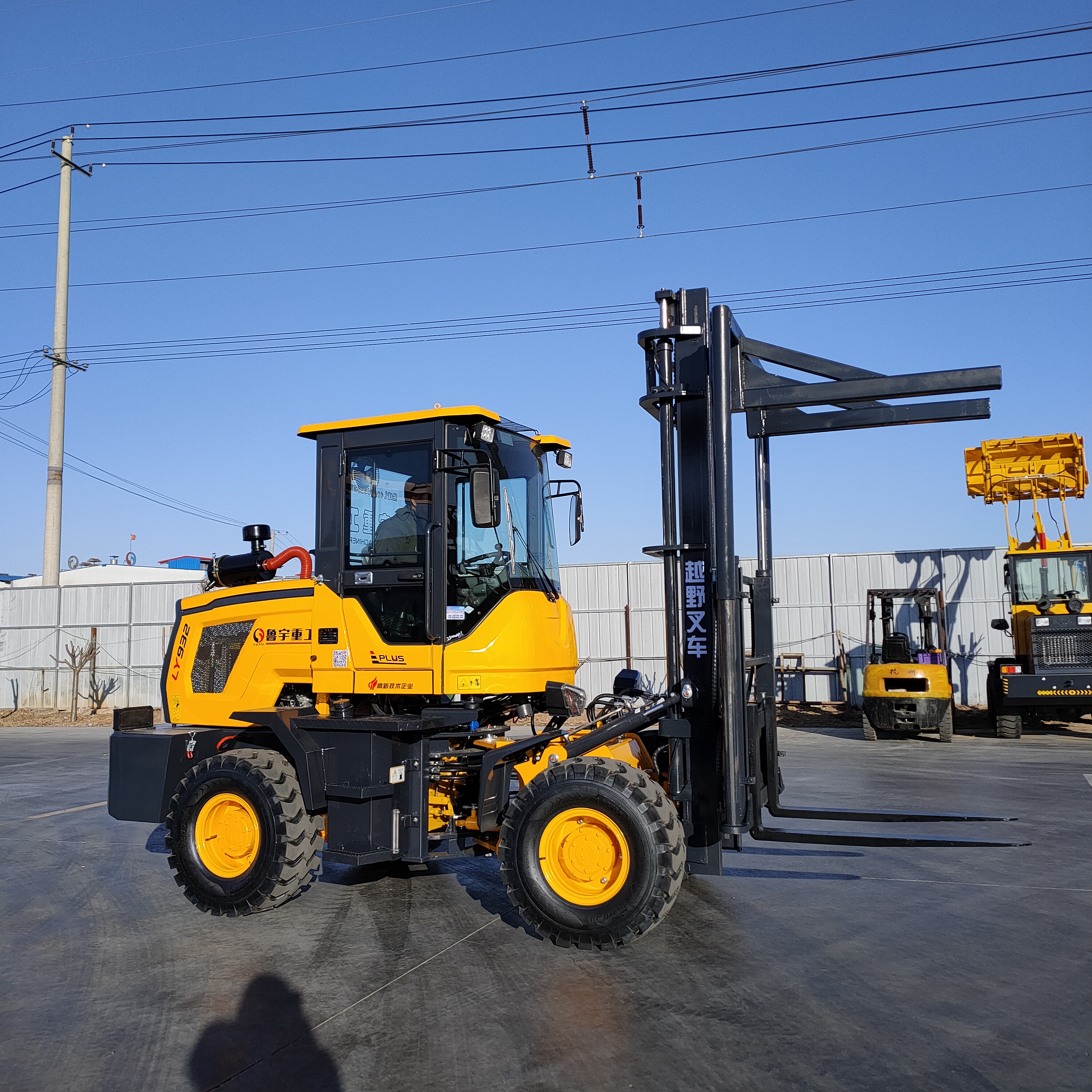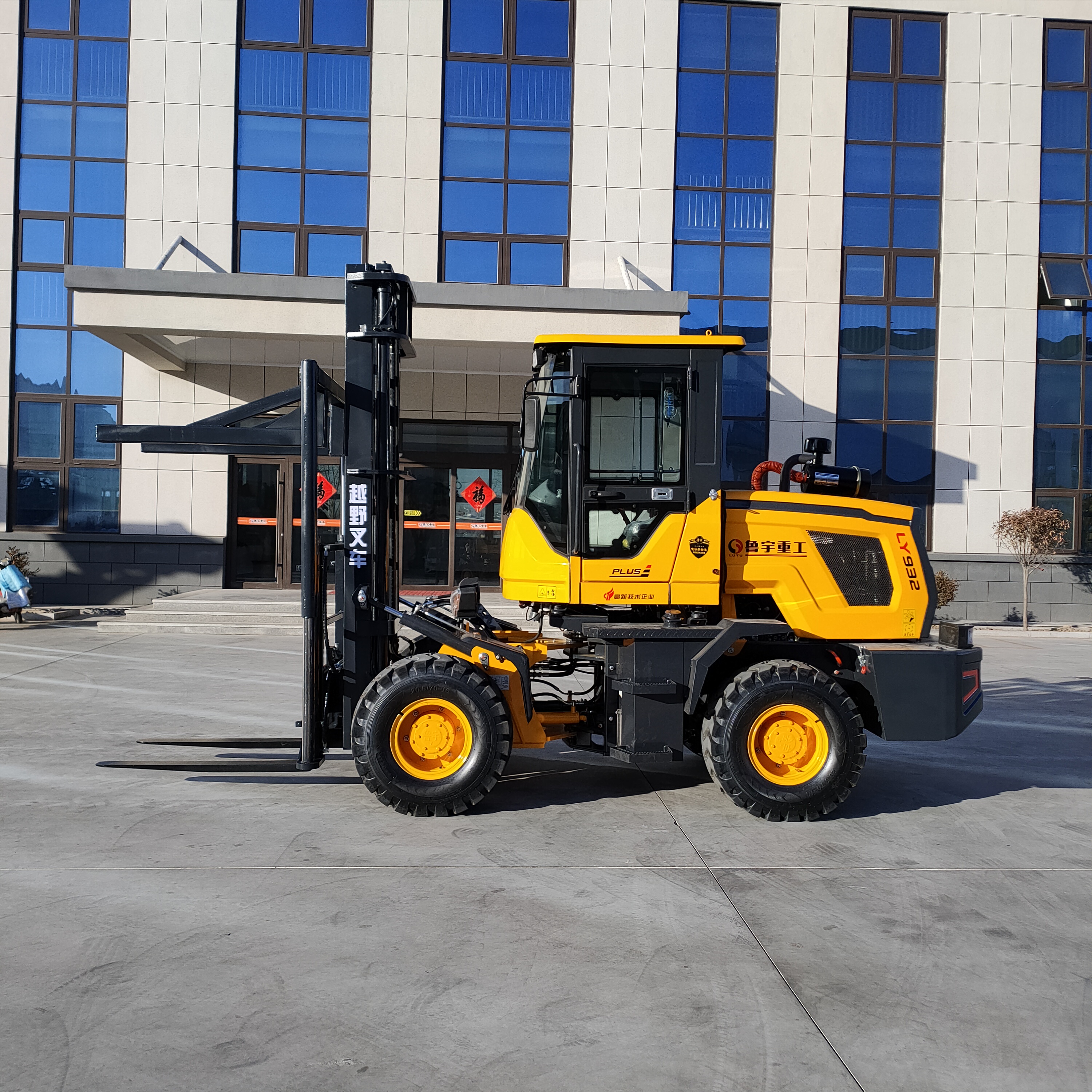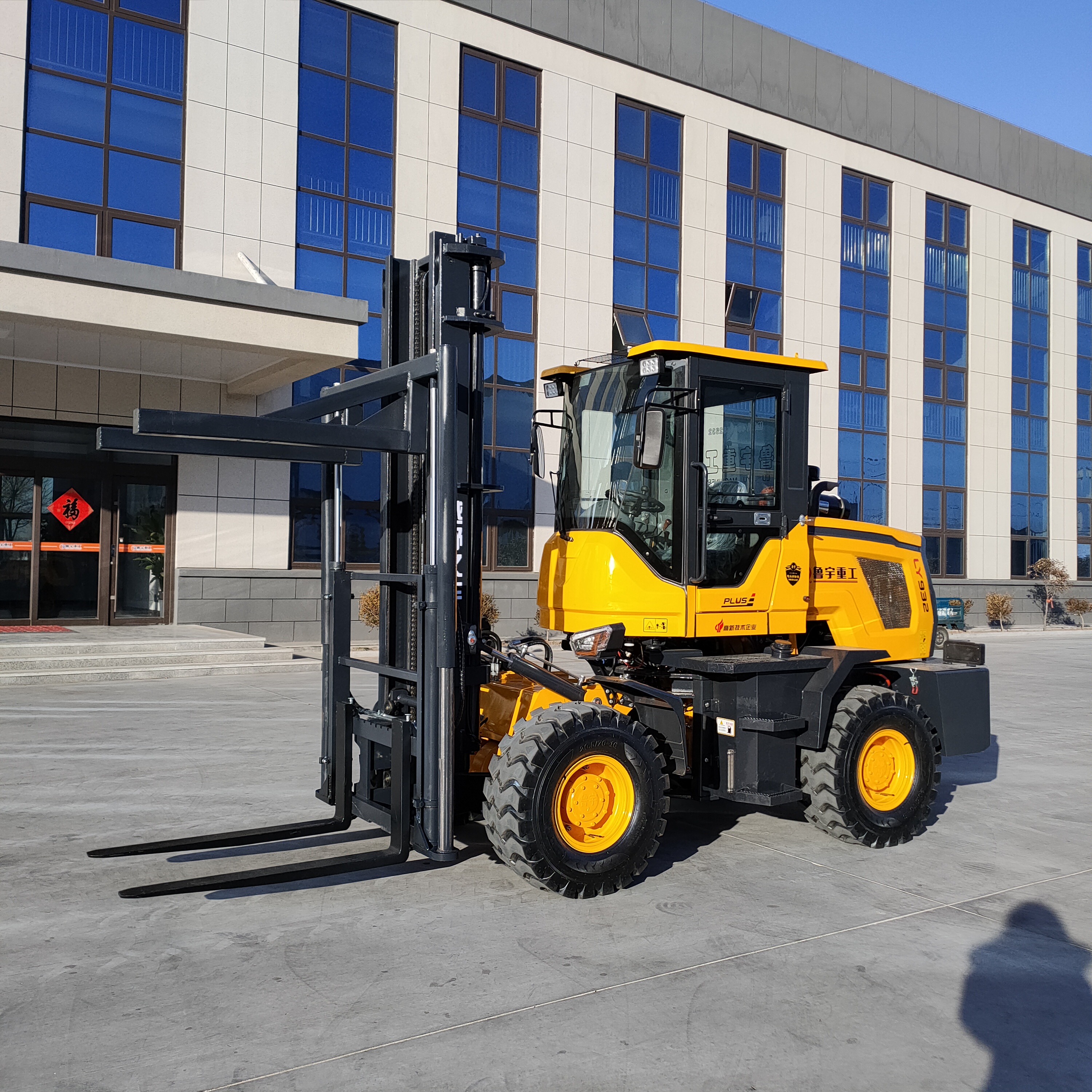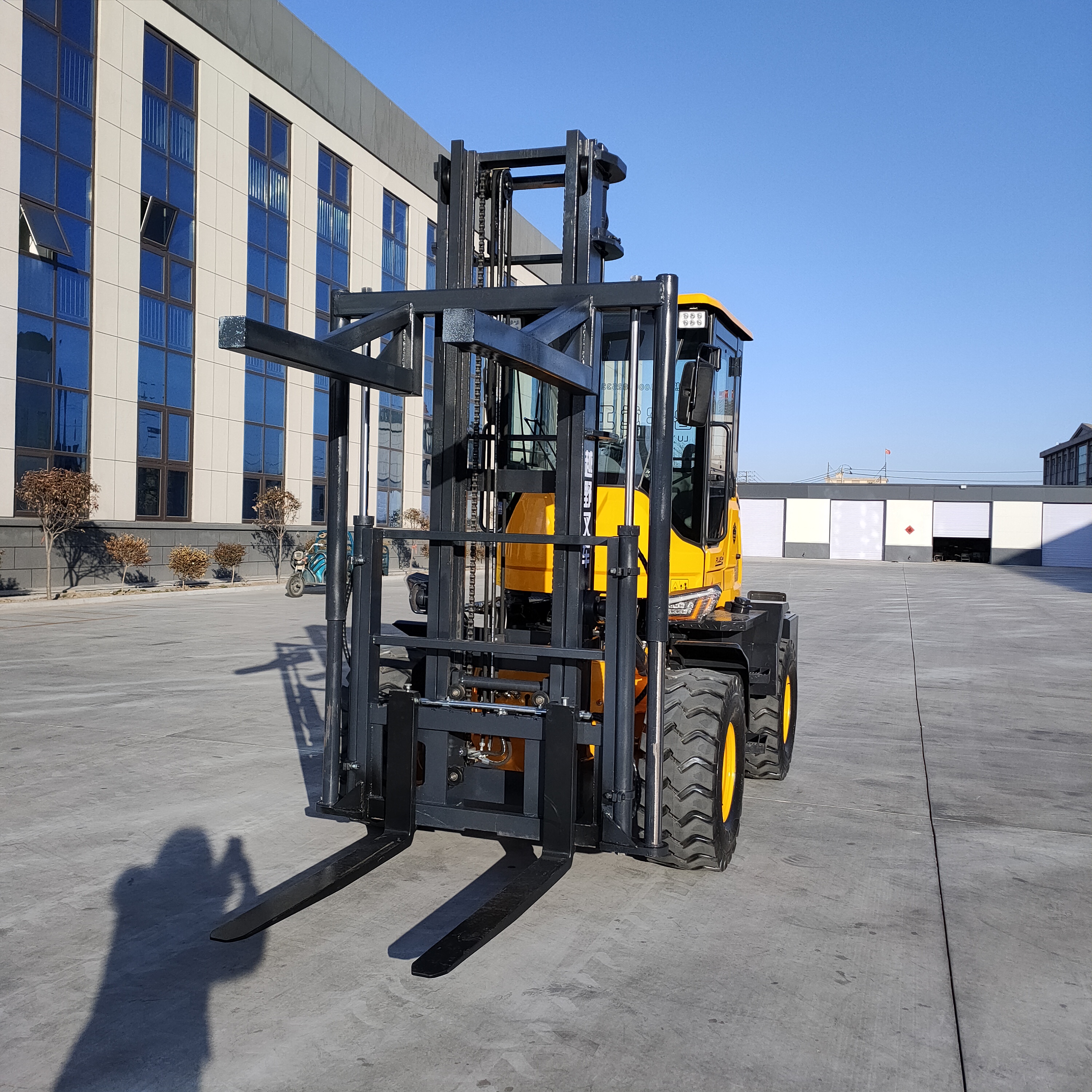Daily maintenance of forklift battery
2024-04-02
Forklift trucks in the daily warehousing and logistics work to provide us with a very big help, LuYu machinery is a professional manufacturer of construction machinery, with a number of professional production lines, equipped with welding robots and laser cutters. Many years of foreign trade export experience makes LuYu machinery products all over the world. After purchasing a forklift, the battery maintenance of the forklift is a very important maintenance measure. In daily use, what maintenance should we carry out on the forklift battery?

1. Charging: Follow the charging guidelines and recommendations provided by the forklift manufacturer to properly charge. Make sure to use the proper charger and follow the correct charging procedure to avoid over - or under-charging, which can compromise the performance of the battery.
2. Maintain the electrolyte level: Check the electrolyte level of the battery regularly and ensure that the water level is within the recommended range. If you need to add water, use distilled or deionized water. Be careful not to over-add water to avoid spills.
3. Clean the battery terminal: Periodically clean the corrosion and oxide on the battery terminal. Gently wipe the terminal with warm water and an alkaline solution and ensure that the terminal is dry. This can help maintain good battery links and reduce resistance.
4. Check the battery connection: Periodically check the tightness of the battery connector and ensure that the connection is firm. Loose connections can lead to increased resistance and decreased battery performance.
5. Avoid excessive discharge: try to avoid completely discharging the battery, excessive discharge will damage the performance and life of the battery. If possible, use the battery remaining capacity indicator to monitor the status of the battery and charge it in time.
6. Control temperature: Battery performance is closely related to temperature. Avoid exposing the battery to extreme temperature conditions, especially overheating. Ensure that the temperature in the storage and charging area is moderate and avoid overheating problems that can result from overcharging or excessive discharge.
7. Regular inspection and maintenance: Check and maintain the battery regularly. This includes checking the appearance of the battery, electrolyte leaks, damage to the battery compartment, and corrosion of the battery terminal. If any problems are found, take appropriate measures to repair or replace the battery in time.

Temperature is also crucial to the battery performance of the forklift, and the overheating temperature will have some adverse effects on the forklift battery. For example, high temperatures will accelerate the speed of chemical reactions inside the battery, resulting in increased aging and loss of battery materials. Long-term exposure to high temperatures may significantly shorten the battery's life. High temperatures also cause the battery's capacity to decrease, that is, its ability to store and release electrical energy. The discharge rate of the battery at high temperatures may also increase, leading to faster battery emptying. This can lead to a reduction in the working time of the forklift in a single use. At high temperatures, the self-discharge rate of the battery may increase. Self-discharge rate means that the battery loses power on its own when it is not in use. This means that when the forklift is not used, the battery's power will gradually decrease, resulting in more frequent charging needs. Finally, the high temperature can cause excessive heat to be generated inside the battery, which can lead to the risk of battery expansion, leakage, and even fire. This poses a threat to the safety of the forklift, its operators and the surrounding environment.

When we inevitably work in a high temperature environment, we can take the following maintenance measures for the battery of the forklift.

1. Control the temperature: Expose the forklift battery to the appropriate temperature range as far as possible. Ensure that storage and charging areas are at a moderate temperature, avoid exposure to high temperatures, and, if possible, provide ventilation and cooling equipment to maintain ambient temperatures.
2. Regular cleaning: Clean the battery cover, terminals, and connectors regularly. At high temperatures, dust, dirt, and corrosion may accumulate on the battery case. Use appropriate tools and cleaners to clean it to ensure good contact and electrical conductivity.
3. Check battery terminals and connectors: Periodically check the status of battery terminals and connectors. Make sure they are not corroded, loose or damaged. Clean and tighten if necessary to ensure good connection and electrical conductivity.
4. Control charging rate: In high temperature environment, to control the battery charging rate. Too fast a charging rate may generate too much heat and increase the temperature of the battery. Use the appropriate charger and follow the manufacturer's recommendations and guidelines to charge at the appropriate rate.
5. Check the electrolyte level regularly: Under high temperature environment, the speed of electrolyte evaporation may increase. Periodically check the electrolyte level of the battery and replace the evaporated water as needed. Make sure the electrolyte in the battery is kept at the proper level.
6. Storage precautions: If you need to store the battery for a long time, ensure that the battery is charged at an appropriate level and follow the manufacturer's storage guidelines. Choose an appropriate storage environment to avoid overheating or excessively wet conditions.
7. Regular maintenance: Regular battery maintenance, such as cleaning, inspection and maintenance. Follow the manufacturer's recommendations and guidelines for regular maintenance and maintenance to ensure optimal battery performance and life.




